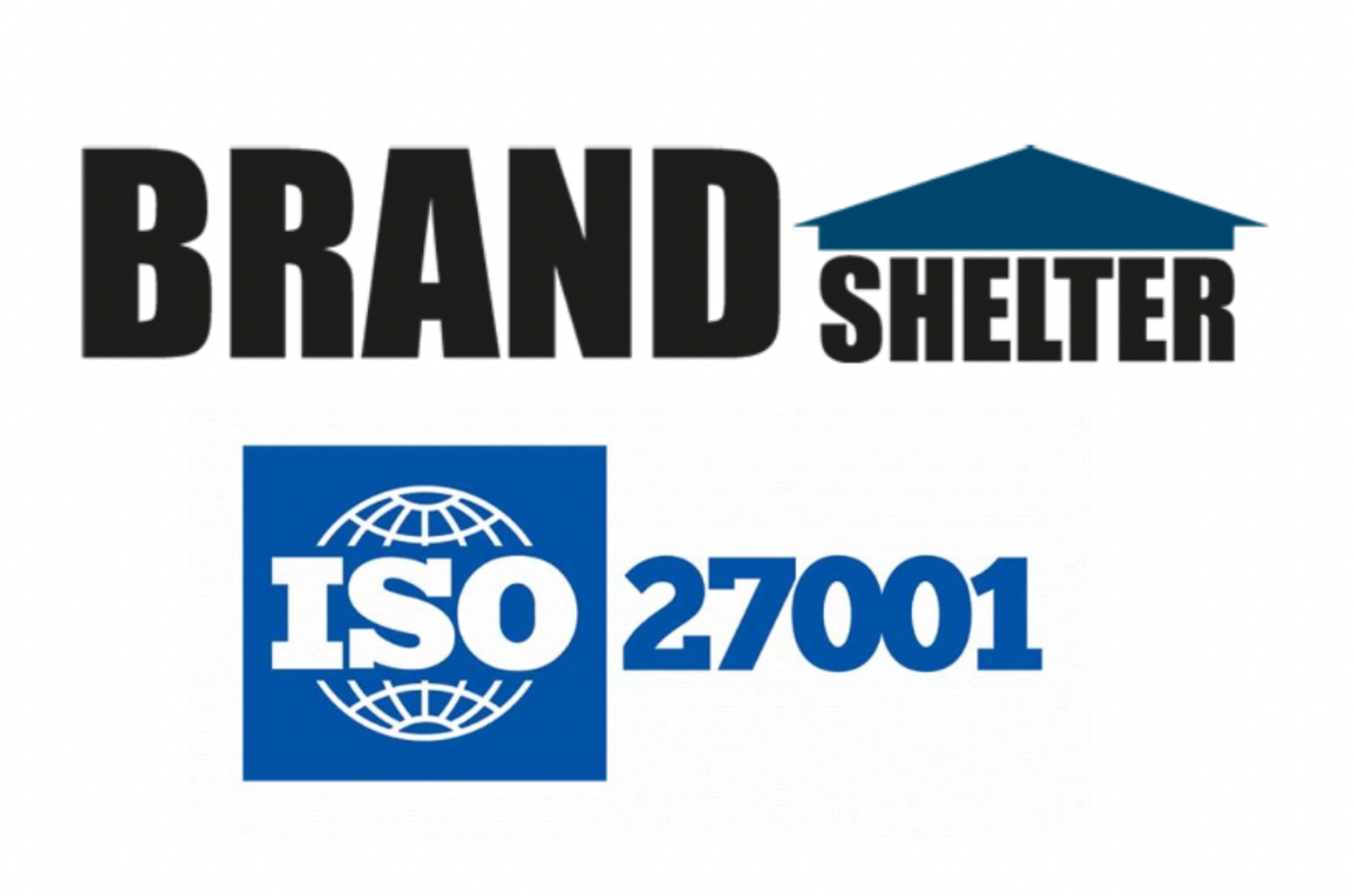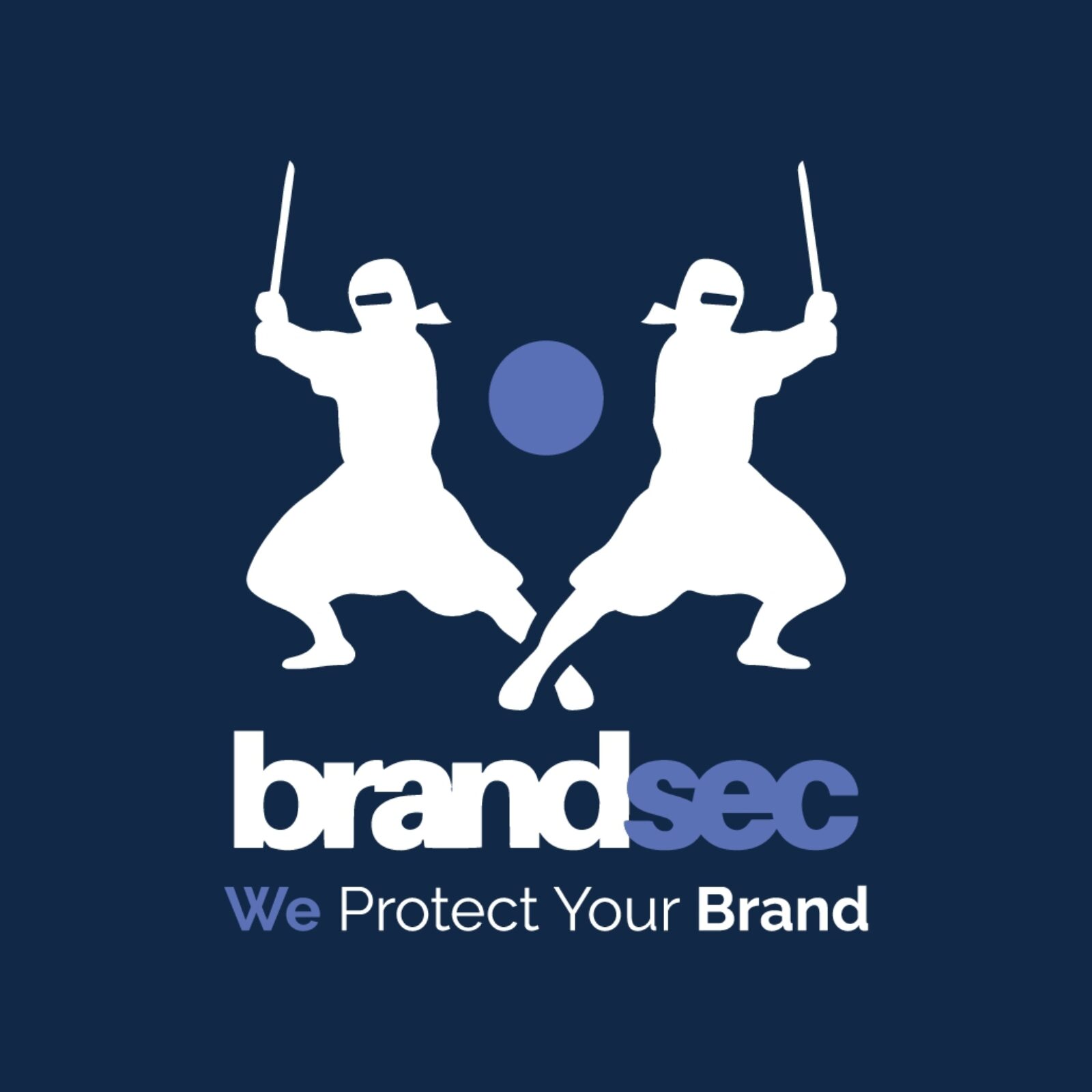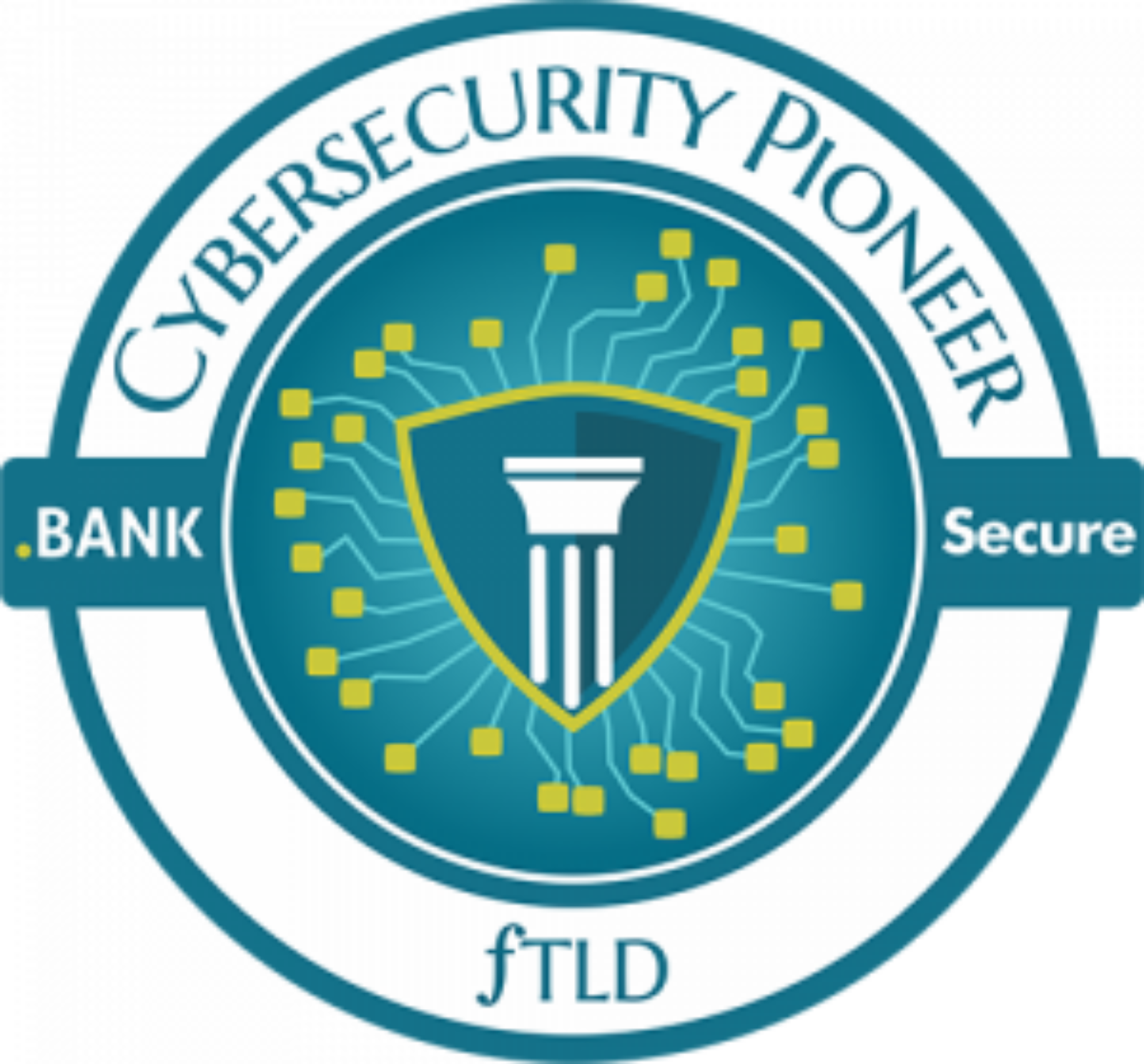Common Domain Name Security Risks
14 December 2022Domain name security is an essential part of protecting your brand and reputation, and ensuring the long-term success and profitability of your business. By implementing strong security measures and regularly monitoring and managing your domain portfolio, you...
Brandshelter – ISO 27001 certified
25 August 2022
In the domain name industry, corporate domain name Registrars often piggyback on their data centres’ ISO certification to claim that they meet compliance requirements, but the domain name management system itself, or portal, does not meet the ISO...
Registry Lock to Prevent Domain Hijacking
What is domain hijacking?
Domain name hijacking is when an unauthorized third party, often a hacker, gains control of a company’s domain name portal and seizes control over their DNS system, enabling them to make unauthorized changes and transfers.
What happens when a...
Portal Security: The Basics
Domain password security – the basics
Hackers use basic hacks and social engineering techniques to obtain, or figure out, passwords that do not follow best practice configurations. It is crucial that you as a user are following best practice password management to...
Domain Name Security Basics
Domain Name Security Basics
With the rise of cyber-attacks over the years, we have seen major brands such as Toll and more recently Nine Entertainment hit by damaging cyberattacks resulting in major disruption to business.
This article looks at ways in which companies can...
Registry Lock is critical for important domains
This article looks at the importance of Registry Lock with the growing number of DNS Hijacking attacks.
With DNS attacks up 34% according to the last IDC annual report it is more important than ever to ensure that every measure to protect your business from DNS Hijacking, and...
Don’t abandon your subdomain either
Subdomain Hijacking
In our last blog we wrote about the risks of culling or abandoning domain names, but what about subdomains? Arguably, abandoned subdomains pose as much a risk as culled domains. This article looks at the risks of not properly administering...
The Risks of Culling Domain Names
Culling domain names needs to be discussed. It is not an activity that should be taken lightly and requires a lot of due diligence and careful planning. This blog discusses the risks of culling domains and outlines the steps brands can take to protect themselves.
Corporate...
Strategies to mitigate cyber security incidents
This guidance is based on the Australian Government best practice guide to mitigating cyber security incidents, performing vulnerability assessments and penetration testing Commonwealth organisations.
Prior to implementing any of the mitigation strategies, organisations need...
Australia: Cybercrime reported every 10 minutes
An average of 164 cybercrime reports are made by Australians every day — about one report every 10 minutes — according to the Australian Cyber Security Centre (ACSC). The agency is a subsidiary of the Australian Signals Directorate tasked with strengthening the...
.bank/.insurance Updated Security Requirements
fTLD LLC, the Registry that manages domains such as .bank and .insurance, periodically reviews the Registrant Security Requirements to ensure they are in-line with best practices for the financial services sector and continue to protect against evolving security threats.
This...
basic domain name security best practices
This article looks at some of the basic domain name security best practices.
Domain name security should be one of the top priorities for any organisation with an online presence. There are some basic and inexpensive steps that will ensure that your domain names are not...










